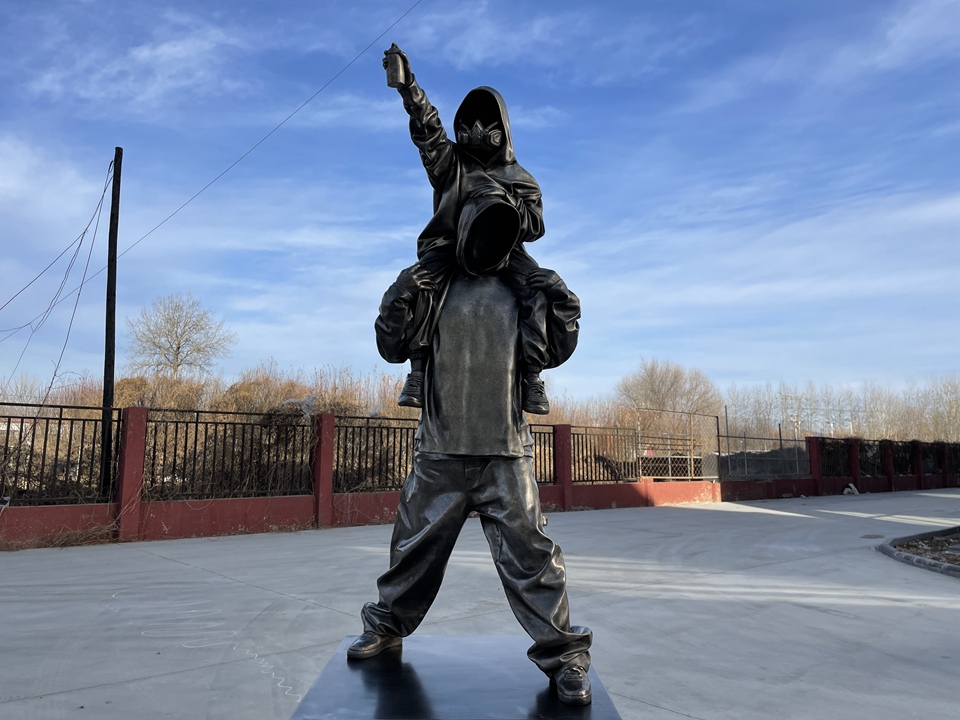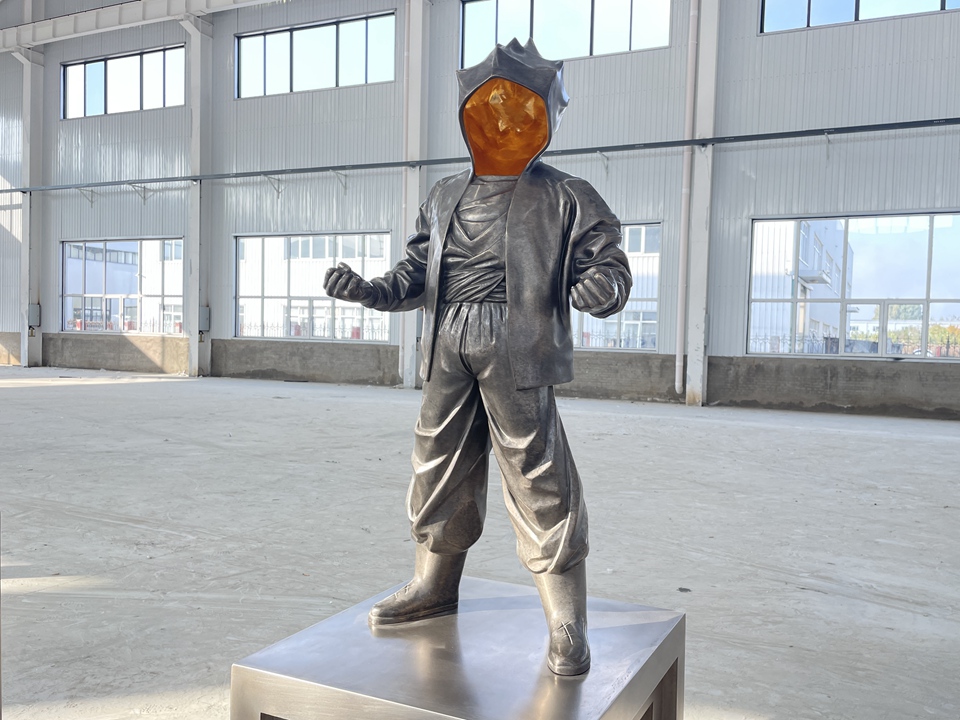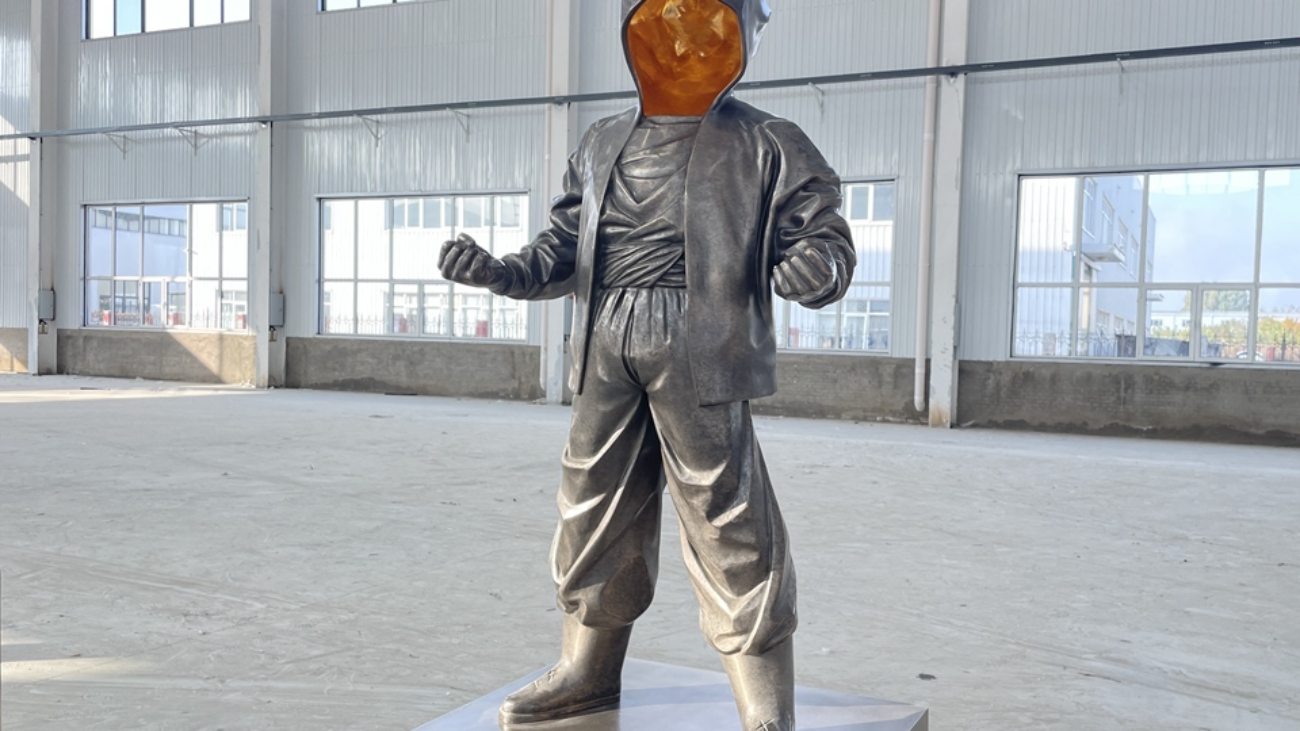A bronze statue of animals shows how beautiful and strong nature can be, from the African savannas to the mythical forests. Bronze is stronger and more flexible than paintings that don’t move or ceramics that break easily. This lets artists freeze time for things that are happening, like a lion standing up tall, a heron flying, or a cheetah running. These things are more than just nice to look at. They are points of interest that make people feel something, get them talking, and connect them to the wild energy of animals. Any space, like a garden, an office, or a living room, can become a gallery of natural beauty with a bronze sculpture of animals. This article talks about how these sculptures mix ideas from nature with new art ideas.

The Language of Animals in Bronze
Animals have always been used to stand for human traits and cultural values. The falcon was a sign of Horus’s divine vision in ancient Egypt. Cranes were a symbol of a long life in Chinese art. In Native American culture, the wolf was a symbol of loyalty. Using abstract or hyper-realistic styles, modern artists give these patterns new meanings. A bronze stag with big antlers could mean being strong, and a smooth, simple fox could mean being smart and able to change. People who collect animals often choose ones that are important to them, like a tribute to a pet they loved, a nod to their family’s history, or a nod to groups that help animals. A bronze statue of animals can say a lot without saying anything.
The tools and materials that went into making the creature
You need to know a lot about anatomy and materials science to make realistic animal bronzes. Most of the time, artists start by looking at how bones and muscles move by drawing from life models or 3D scans. You can make sculptures that are strong, light, and hollow using the lost-wax casting method. Artisans use chasing tools to add little things like feathers, fur, or scales to bronze that has already cooled down. Adding patination, which is a chemical treatment, makes the piece look deeper. A dolphin might see a blue-green finish as the depths of the ocean, while a wild boar might see a reddish-brown colour as earthy tones. Some sculptors today mix bronze with other metals, like copper, to make the sculpture feel warmer, or aluminium to make it stand out. This makes pieces with different textures that look great when the light hits them.
How to put things together and make them work in a design that stands out
A bronze sculpture of animals looks even better when you put it in the right spot. A family of bronze hares hiding in the flowers and a bronze heron by a pond in a garden make for a calm scene. Indoor spaces are more interesting when the things in them are very different from each other. A tall bronze giraffe in a simple entryway, for instance, draws the eye up, while a small bronze owl on a bookshelf makes the room feel more intellectual. Businesses might want to use signs. For example, a bronze bull could mean money, and a bronze eagle could mean being in charge of lobbies. Spotlights make muscles look bigger, and niches with lights behind them make ghostly shapes. Having good lighting is very important.
Making bronze art that is good for the people who make it and the environment
As people learn more about the environment, they are more interested in sculptures that don’t hurt it. Good foundries use more than 90% recycled bronze, and they get it from scrap metal without lowering the quality. Artists also use eco-friendly patination methods that don’t use chemicals that are bad for the environment. Instead, they use natural materials like salt and vinegar. Some studios give a portion of their sales to wildlife charities and work with them. When you buy something, ask where the bronze came from and how the studio tries to make less trash. A moral way to make a bronze sculpture of animals is to show respect for both art and the earth.

Ordering Custom Animal Sculptures: Bringing Your Ideas to Life
People can tell their own stories in metal with custom commissions, which is great for people who want something unique. Imagine a bronze statue of your dead dog sleeping on the floor or a griffin from a story standing guard at the front door of a house. People send each other pictures, stories, or sketches to talk about the style and purpose of the piece. Before they make the cast, artists make 3D digital models for you to look at and approve. This is to make sure that the expressions and proportions are what you wanted. The time frames are different, but collectors will get unique heirlooms. Many artists also give away smaller maquettes (study models) as gifts while they wait.
How to Take Care of Your Bronze Animals and Keep Them Safe
If you want your bronze to last a long time, you need to take care of it. Every week, dust your things with a soft cloth, and every six months, polish them with microcrystalline wax to keep them from tarnishing. A lot of collectors like how patinas change when things are outside. In humid areas, you can either put sculptures under eaves or coat them with a clear lacquer every five years to keep them from rusting too quickly. If you need to clean something, don’t use strong cleaners. Use distilled water and a little soap to wash it instead. Talk to conservators first if you want to fix something that is very old or has a lot of small parts. If you take care of a bronze sculpture of animals, it will last for generations. The patina will tell stories of time and touch.
Conclusion: A Place Where Nature and Art Meet
A bronze statue of animals is more than just a work of art; it’s a way for people to connect with nature. People who collect things make people think and feel awe by picking things that show their own values, environmental ethics, and artistic creativity. These sculptures, whether they show a realistic gazelle or an abstract wolf, remind us of how connected we are to nature and how art can capture its fleeting moments forever. One of the best ways to make your home more beautiful and meaningful is to get bronze animal art.



Add a Comment